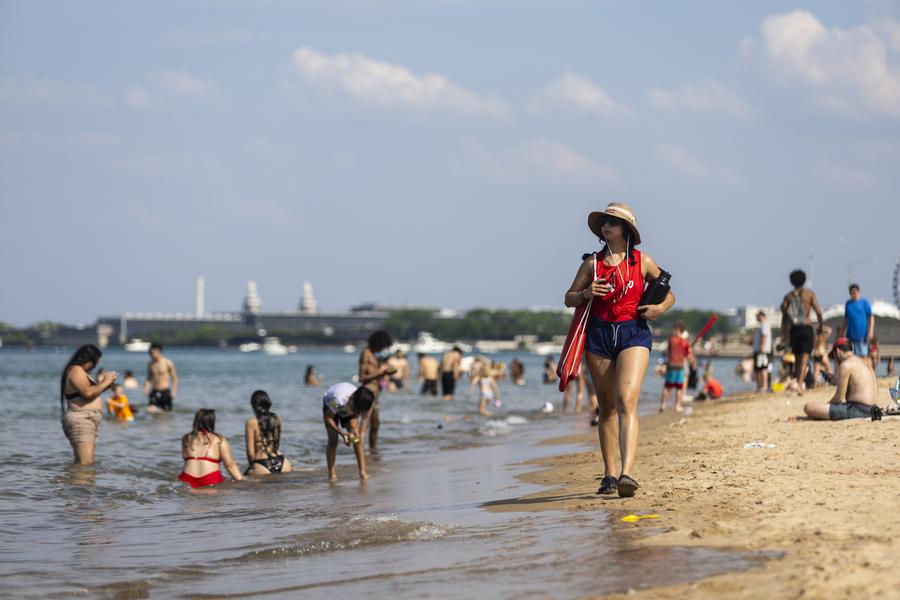La Nina hardly exists long enough. Just a few months after the average temperature of the ocean in the tropical Pacific region dropped below the threshold, the temperature increased again, causing the US National Ocean and Ocean management agency (NOAA) to declare that La Nina has ended.
Weather forecasters do not think that La Nina will return immediately or El Nino will appear instead. Forecast, the neutral state of El Nino - the Southern oscillation (ENSO) will dominate during the summer and early winter this year.
Therefore, neutral ENSO will have an impact on the summer temperature and weather this year. Experts at NOAA said it is difficult to predict what will happen during the neutral ENSO phase at this time because the forecasts given in the spring are less accurate than other times of the year. This is called "spring prediction barrier".

However, the US Climate forecast Center has published an official forecast for the weather in the summer months in the US. It is expected that the temperature in all 48 southern states and Alaska will be higher than usual in July, August and September.
The most likely areas that are likely to flood today include a western strip from northern New Mexico up to the Rocky Mountain mountain range, covering the western coast of the United States. The southernmostness of all the states of the coastal region of Mexico and Georgia, along with the Northeast region, is also at risk of flooding.
The East, Southwest and Alaska coast is forecasted to have higher rainfall than the average in the summer. Meanwhile, weather forecasts in the US predicted the water level in a large American region from Cascades to Huron lake and down to Oklahoma at a lower than normal level.
The initial storm forecast from the tropical meteorological group of Colorado State University predicted the fierce 2025 storm with 17 storms named. Among the storms formed, 9 storms were stronger into higher level 3 and 4 storms at higher levels.
"However, there are still many uncertainty" about the Enso phase will be present when it comes to the peak of the storm season. La Nina and neutral ENSO phase often create a better heat conductivity when combined with warmer seawater conditions than usual. Meanwhile, El Nino often helps prevent the storm from forming.











